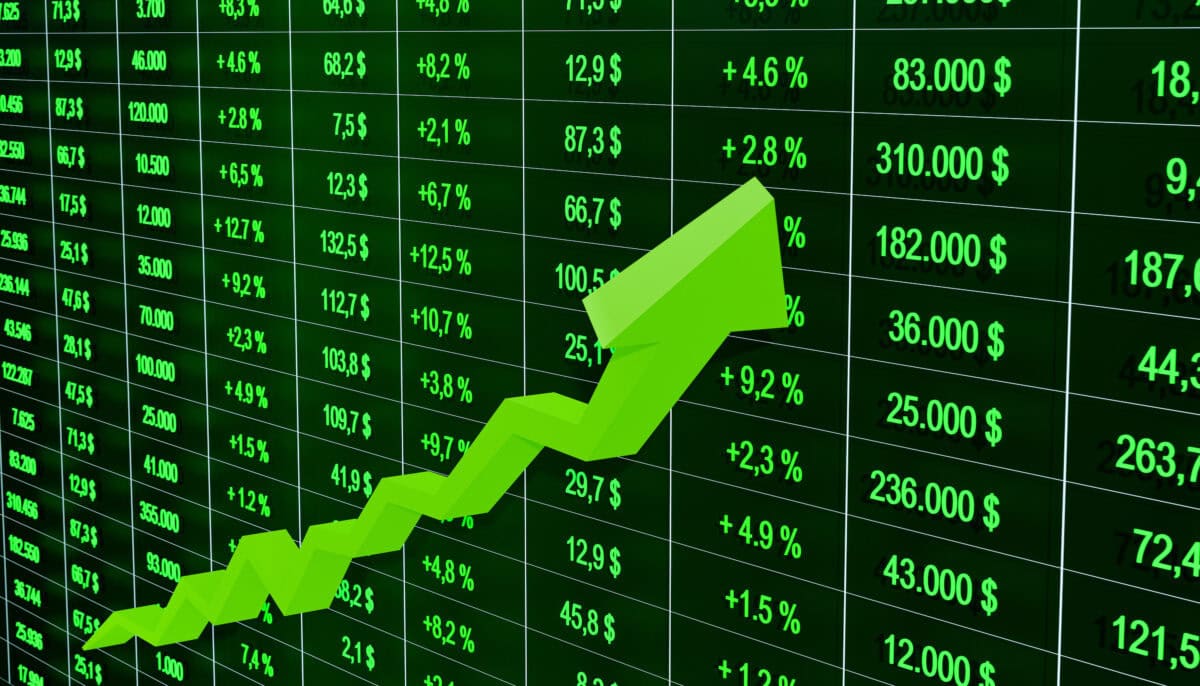When the TSX hits an all-time high, the natural reaction for many investors is to hesitate. It feels like showing up to the party after everyone else is already dancing. But the truth is, an all-time high is a normal part of a long-term market’s life cycle, not a red flag that you’ve missed the boat. In fact, for disciplined investors, new highs often signal strength, not danger. The key is to look at why the index is at record levels, and what kind of investor you are. Those factors matter more than the number flashing on the screen.
What happened?
Let’s start with context. The TSX today trades at almost 30,500 points, the highest level in its history. Since the 2020 crash, corporate earnings have surged, inflation has boosted nominal revenues, and several major sectors have re-rated higher as the global economy stabilized. So, is the TSX expensive right now? Not particularly. On a forward price-to-earnings (P/E) basis, the index trades around 15 times expected earnings. That’s only slightly above its 10-year average and well below U.S. indices like the S&P 500.
Another thing to remember is that all-time highs happen more often than people think. In the past 40 years, the TSX has hit new records hundreds of times, often right before going higher again. Historically, if you’d only invested when the market wasn’t at a record, you’d have missed most of its long-term gains. Still, that doesn’t mean you should throw caution out the window. When markets sit at highs, volatility risk increases. Investors become more sensitive to bad news. If you’re investing new money, it’s wise to temper your timing rather than trying to pick the exact top or bottom. A dollar-cost averaging strategy helps smooth out price fluctuations.
For long-term investors, the question isn’t “Is it too late?” but “How long am I willing to stay invested?” Over a one-year period, market timing matters a lot. Over 10 years, it matters almost not at all. History shows that if you invest in the TSX at any point and hold for at least seven years, your odds of a positive total return exceed 90%, even when you buy at a market peak. That’s because dividends provide steady income and cushion volatility, while earnings growth compounds underneath.
Consider BNS
When markets are sitting near record highs, it’s easy to assume the bargains are gone. But Bank of Nova Scotia (TSX:BNS) proves that even in an expensive market, there are still quality dividend stocks trading at discounts. Scotiabank shares lagged for some time, but are now back at 2022 levels. Yet it still looks attractively priced, trading at 17 times earnings, with a 4.82% dividend yield.
Scotiabank remains strong thanks to its place as an international banking powerhouse with roughly $1.4 trillion in assets. Its reach across Latin America gives it a growth profile that sets it apart from its peers. Recent earnings show why it still deserves attention. In its third quarter of 2025, Scotiabank reported net income of $2.53 billion, up from $1.9 billion a year before.
From a macro perspective, Scotiabank is positioned well for a rate-cutting environment. Lower borrowing costs will stimulate credit growth, reduce delinquency rates, and expand wealth-management activity. Meanwhile, its Latin American footprint could benefit from strong commodity cycles and U.S. trade diversification. Even if the TSX as a whole pauses or consolidates after hitting record highs, Scotiabank’s combination of a high yield, low multiple, and improving fundamentals makes it the kind of stock that can quietly outperform while others tread water.
Foolish takeaway
All told, while the TSX may look fully valued, Scotiabank doesn’t. When everyone’s talking about how expensive the market looks, this is exactly the kind of dependable, undervalued dividend stock that quietly proves them wrong.

